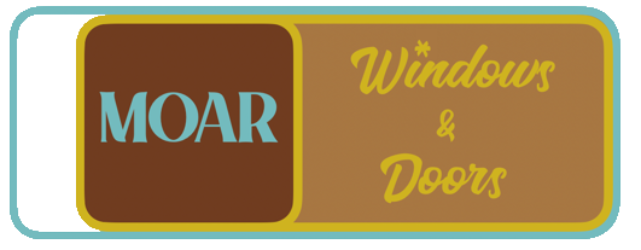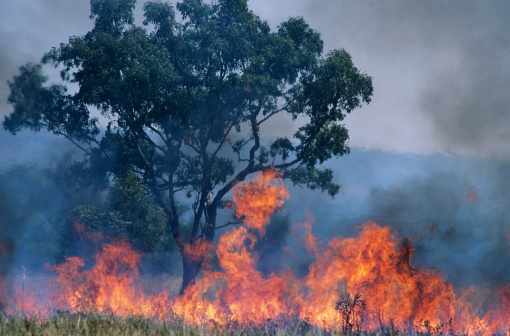With a predicted hottest summer on record for 2013/2014, it’s more important than ever before to ensure that your home is ready for the summer season. If you’re looking to build a new home, then building a sustainable home like a GHA home can help keep you safe for the bushfire season.
A recent article in the Sydney Morning Herald by Peter Spinks showcased how science and sustainable design can help keep people fire safe and decrease the widespread devastation of communities due to bushfires. Bushfires are unpredictable and no one can predict how harsh it is going to be. Mark Adams, dean of Sydney University’s faculty of agriculture says, “Ours has been a land of drought and fire and flood for many millions of years. Each summer presents a risk of bushfire in southern Australia. This summer is likely to be risky due to the several years of good rainfall and thus strong growth of grasses and shrubs”.
Climate change is also playing a big part in the high risk of bushfires. The Intergovernmental Panel on Climate Change said that increase in fire danger is likely. In south-east Australia, the frequency of very high and extreme fire danger days is likely to rise by 4 to 25 per cent by 2020, and by 15 to 70 per cent by 2050. This is a conservative forecast as a recent report by Australia’s Bushfire Co-operative Research Centre, CSIRO and the Bureau of Meteorology, warned that extreme fire danger each year could rise up by 65 per cent by 2020. These statistics show that it is now imperative to ensure your new home or existing one is built to be sustainable and safe.
We can’t control the weather but we can do things to reduce the risk of a bushfire destroying our homes. The SMH article states that buildings come under attack in three ways: through flying embers, radiant heat, and/or flame contact. Houses in bushfire prone areas are now being built to special standards to reduce the risk of anything happening again.
Sustainable Design to reduce bushfire risk
- Materials that are recommended in the build of new homes also promote efficiency and health.
- There is a crossover between bushfire-resistant houses and houses that incorporate eco-sustainable design.
- Environmentally sustainable materials that reduce fire risk are stone, recycled heavy timber and steel.
- Biologist Michael Meyer told SMH: “Once a house inevitably catches fire, the fumes will be less toxic if you have eco-friendly products in your house”.
Ideas to consider when you’re thinking about building your new home
The following tips are from the Fire Protection Association Australia:
You should plan your landscaping before building. Houses can be protected by using natural or artificial lawns, low flammable plants (with little leaf fall), dirt hills, surround building with open spaces, mown lawn, driveways and paths. They also suggest to plant hedges and windbreaks using large trees and shrubs with dense foilage to catch embers and reduce wind. But it is important to keep trees at least 20 metres from a house.
- Avoid building on hilltops as fire travels faster uphill.
- Keep roofs steep to help shed leaf litter or burning debris. Ensure they have no crevices or valleys.
- Minimise gutters and instead collect rainwater in trenches. If not possible make gutters wider to fit leaf guards.
- Use concrete slabs to minimise underfloor spaces. Otherwise enclose spaces underneath timber floors.
- Use non-combustible materials for walls, columns and posts supporting floors.
- Concrete or steel grates for decks and steps.
- Use toughened glass windows (e.g double glazed windows).
- Treat timbers in your home with weather-resistant retardant.
- External sprinkler systems should have metal pipes and be capable of saturation.
- Some timbers don’t need a fire retardant applied. Blackbutt, red ironbark, river redgum, spotted gum and turpentine are all good fire resistant timbers. Some acacias are quite fire resistant and can be used in the landscaping of your new home.
If you’d like to know more about how sustainable design and a Green Homes Australia home can reduce bushfire risk and be resistant, take a look at our plans or contact GHA on 1300 724 661 or email us. We share the view that everyone should feel safe in their own home and be proactive in reducing their bushfire risk.

